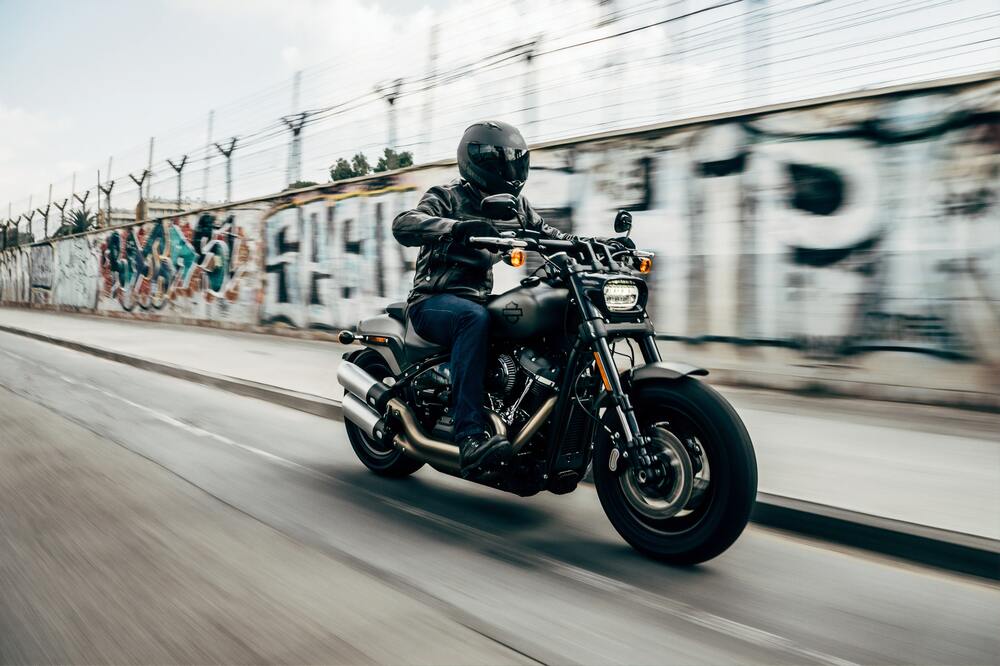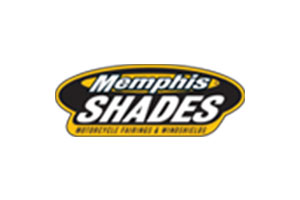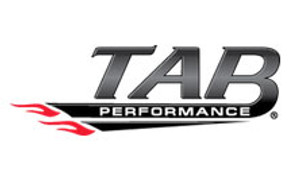What to Take Note of On a Demo Ride of a New Bike
Oct 8, 2021
When you go motorcycle shopping, it can be difficult to know what motorcycle is best for your needs. You're going to spend thousands of dollars on a motorcycle, so you'll want to be sure it’s the right one for you. That's why you need to do a motorcycle demo ride so you can learn more about the bike, its performance, comfort, handling, ride quality, and more. But the truth is, planning a test ride and knowing what to look for are both easier said than done.
There are some things that you're going to want to look out for before buying a demo motorcycle. Here, we're going to look at the five C's of a motorcycle ride:
Comfort
Every motorcycle is unique, and so is everyone's body. How well your motorcycle will suit your body is something you can only find out through a demo ride. What may be very comfortable for you for a few minutes, like when testing out a friend's bike, could turn into severe back pain when you're on the motorcycle for an hour or two. First, you'll want to check the motorcycle seat quality and height during the motorcycle demo. Do you have enough legroom to move around easily? How is the motorcycle seat positioning? You should reach the handlebars and controls without hunching your shoulders or back.
Check if your feet are firmly on the ground when sitting on the bike at a stop. When you start moving, take note of the seat's comfort level. Take the bike on the highway for 1-2 hours. Is there any vibration at higher speeds, or is everything as smooth as pudding? Are your legs cramped and in need of stretching, or can you ride as long as possible without feeling like you need to get off? Is the rear seat comfy for your buddy if you're riding two-up? Are the rear footpegs positioned well for your companion? Comfort is everything so take your time noting each of these aspects.
Controls
Motorcycle controls are usually standardized, so the throttle, gear shift, clutch lever, and brakes are all controlled pretty much the same way. The question is, how do they feel on your motorcycle demo ride? If you're not used to the motorcycle, it's a good idea to take note of how responsive these controls are. You want something easy for your body type and hand size to handle, so there won't be any problems in an emergency situation. If this motorcycle has ABS brakes, try them out too.
Are the foot levers positioned comfortably? Is the shifter comfortable for you when riding? Are there forward controls, how do they feel? Familiarize yourself with all controls and how they feel when riding. Consider trying different bikes so you can decide what you like the most.
Cornering
Now that you have an idea of how the bike feels and know how the controls respond, it's time to understand the bike's cornering and handling. Do a motorcycle demo ride around the neighborhood. How does the bike corner at low speeds? Remember that larger touring bikes corner much differently than smaller bikes. How about at higher speeds on a highway? You'll want to spend at least 30-60 minutes testing the bike at low speeds, taking turns, and on the highway.
If you have a motorcycle dealership nearby, test riding on their closed course will help answer some of your questions about cornering and how fast it can go before buying a demo motorcycle. But remember that this may not be an accurate representation of everyday road conditions or hazards like potholes, gravel patches, or other obstacles you may encounter on a road trip. If there are no motorcycle dealerships with a closed course nearby, find some quiet roads and take turns on tight corners.
Coming to a Stop
Ensure you know how powerful your bike's brakes are during the motorcycle demo ride. Do you have control of the bicycle at stops? Are your feet firmly planted on the ground? Is the braking response quick enough for you, or do you need to allow for greater stopping distance than usual? Take the motorcycle to a parking lot. Is it simple to reverse the bike when parking? Park the bike on the street for a change. Is it easy and convenient to get around?
These different scenarios easily test the bike's braking power. You can also test the motorcycle's brakes during a last-minute stop. Quickly pull on the brake levers, coming to an immediate halt before hitting anything or anyone. If you are able to do this easily and without any problem, then there is no issue with braking power. However, if it takes some effort for you to stop, you need to take the motorcycle for a second test drive.
CCs and Weight

Finally, we come to power and weight. These two are inextricably linked, so it's hard to talk about one without the other. During the motorcycle demo ride, you'll want to pay attention to the motorcycle's weight and how it feels to you. If this is a motorcycle you'll be riding long distances, or in heavy traffic, power needs to suit your stature. Don't forget that you'll be going up against all sorts of traffic. How does the bike feel while accelerating? Does it feel like you're barely moving, or does the motorcycle stall when you try to pick up speed?
Also, note how much power is available for use and what the motorcycle's limits are. This will give you an idea of whether there's enough juice in reserve for highway travel, or if traffic can
Customize Your New Bike
A motorcycle that is not properly suited to you will do more harm than good down the line. You might even end up giving it a bad review, which isn't fair to either party involved. It's best to give this demo ride as much consideration as possible before signing on the dotted line. If you love the bike, do a second test if possible, then go ahead and buy it and get some aftermarket parts for that custom look at West End Motorsports.
























